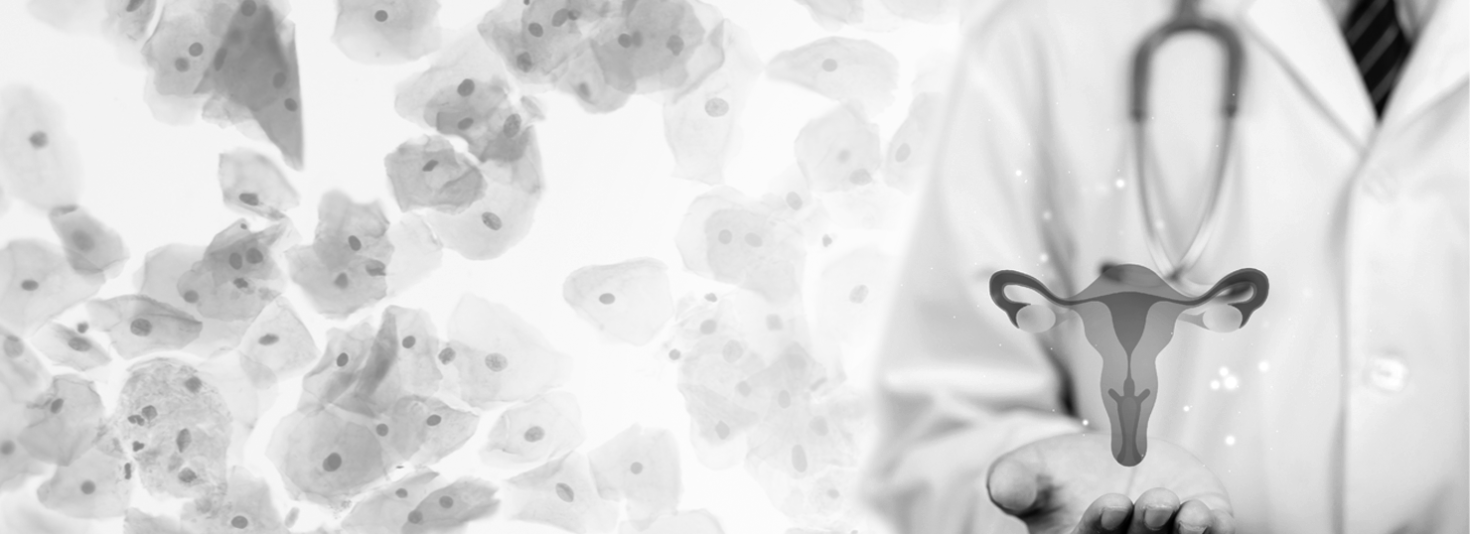Cervical cancer is responsible for 3,000 new cases and 1,000 deaths a year.
Cervical cancer screening is aimed at women aged between 25 and 65.
In collaboration with Gérard Orth from the Pasteur Institute (Paris), Christine Bergeron, President of Cerba Path, discusses the importance of detecting cervical lesions and the role of HPV in this review, published on 23 May 2023 in médecine/sciences.
Screening for cervical cancer involves collecting cells by rubbing the cervix with a spatula.
The biological material collected is then placed directly on a slide or diluted in a preservative and cytocentrifuged (liquid-based cytology). It is then analysed under a microscope.
In July 2019, the French National Authority for Health recommended testing for DNA of high-risk or potentially oncogenic human papillomavirus (HPV) types using PCR (HPV HR test) as the first stage of screening after the age of 30.
This test is more sensitive than cytology for diagnosing a high-grade squamous intraepithelial lesion, and more effective in preventing invasive cancers. When the test is positive, cytological analysis of the same sample is carried out to select patients requiring colposcopy.
The second aspect of cervical cancer prevention is vaccination.
In this review, we discuss the importance of detecting cervical lesions and the role of HPV.

